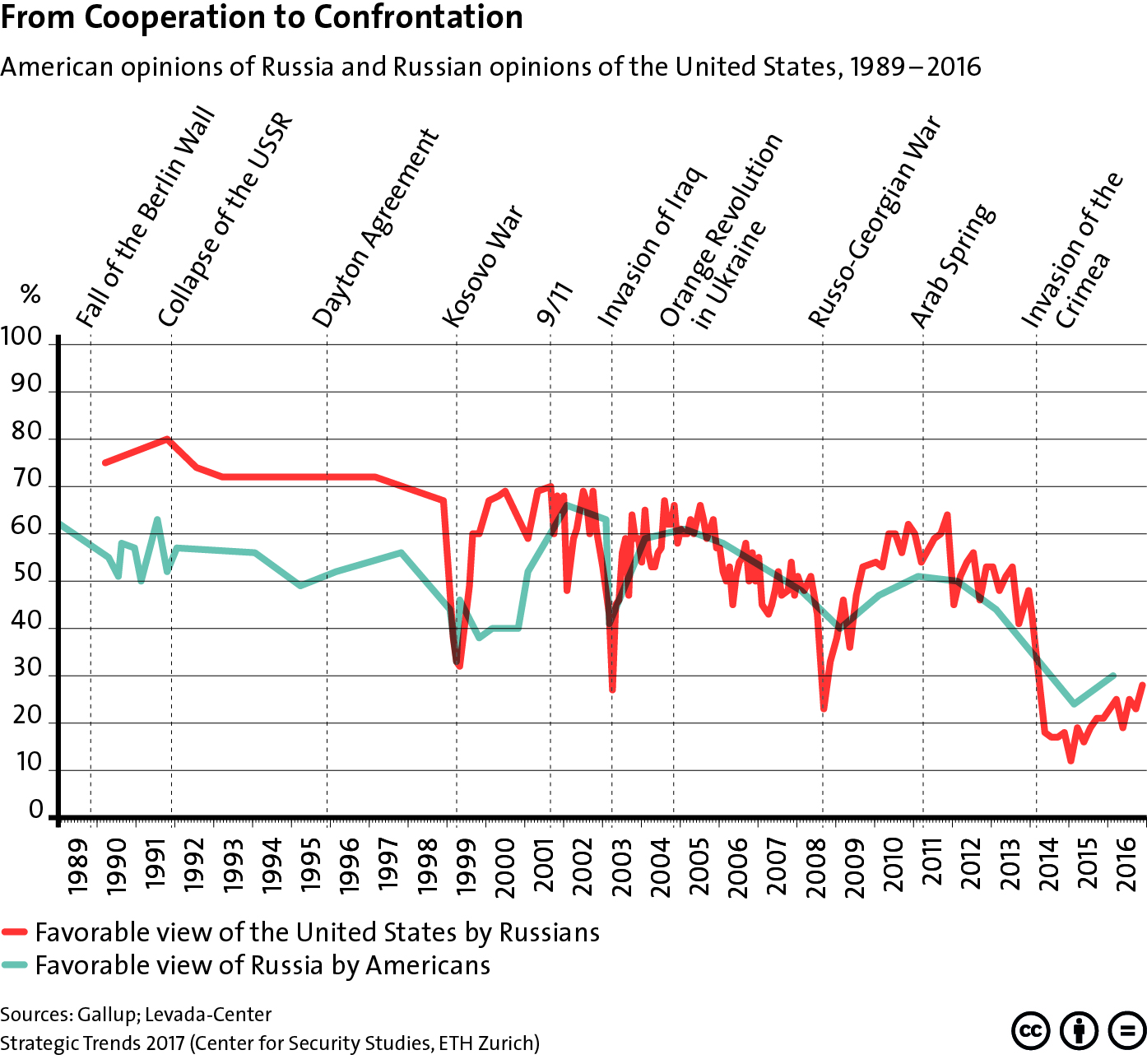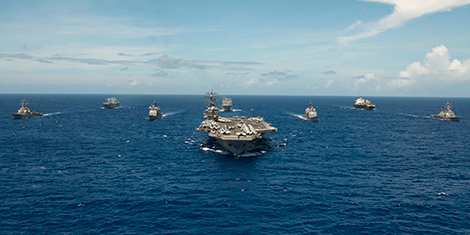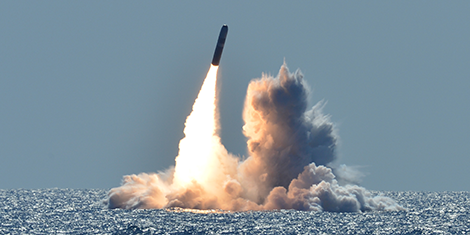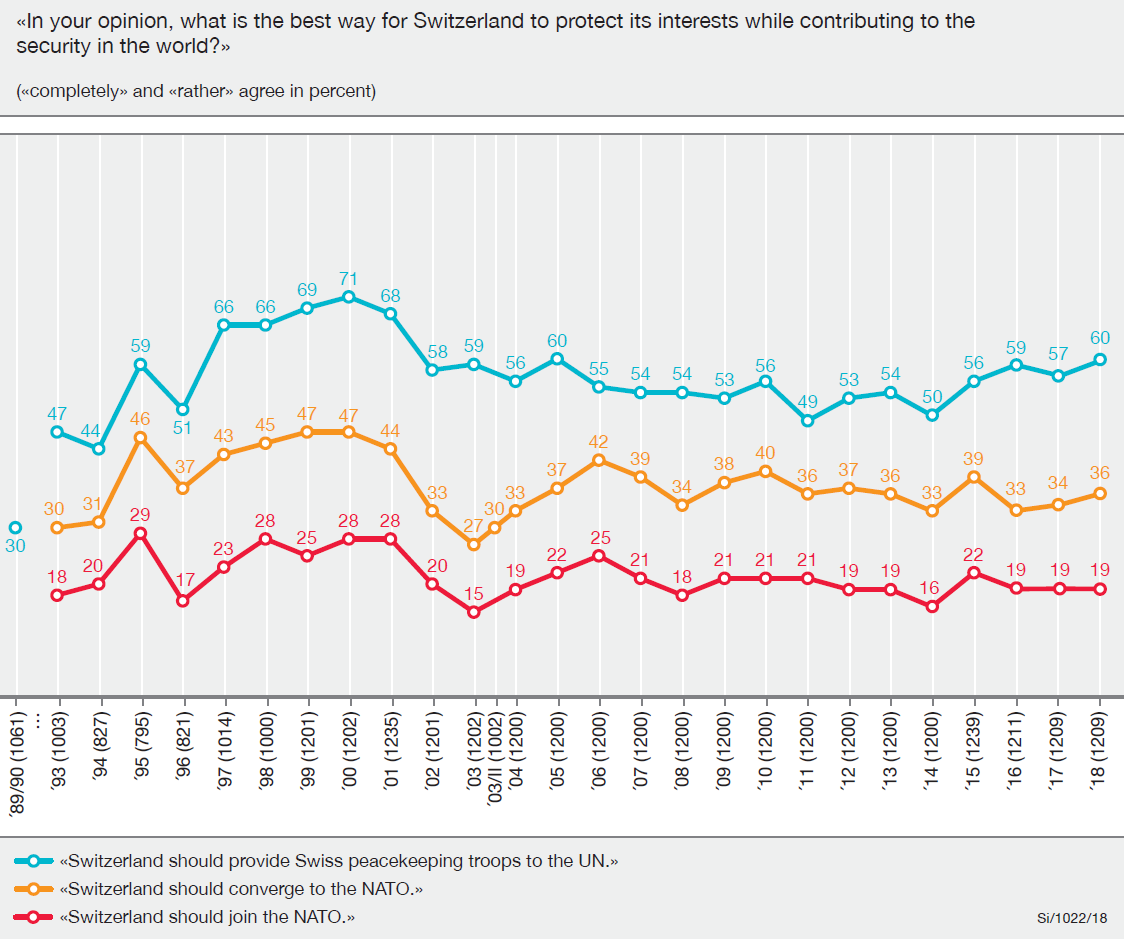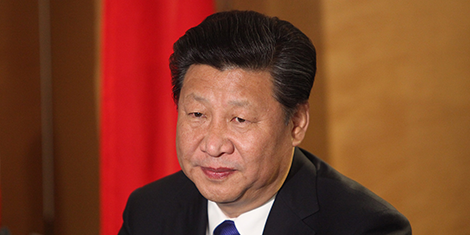
This analysis1 was originally published by the Elcano Royal Institute on 26 March 2019.
Since 2013 China has clearly called for the creation of a new security architecture in Asia. The May 2015 white paper on China’s military strategy explicitly advocates promoting ‘the establishment of a regional framework for security and cooperation’. This call was reaffirmed in October 2016 and detailed further in China’s white paper, published in January 2017, on security cooperation in Asia-Pacific. Since then, Chinese officials have repeatedly declared, one way or another, that the region needs to be restructured. On 16 February 2019, at the 55th Munich Security Conference, Politburo member Yang Jiechi declared that ‘China supports security dialogue among the Asia-Pacific countries and efforts to explore a regional security vision and architecture that fits the reality of this region’. 2

